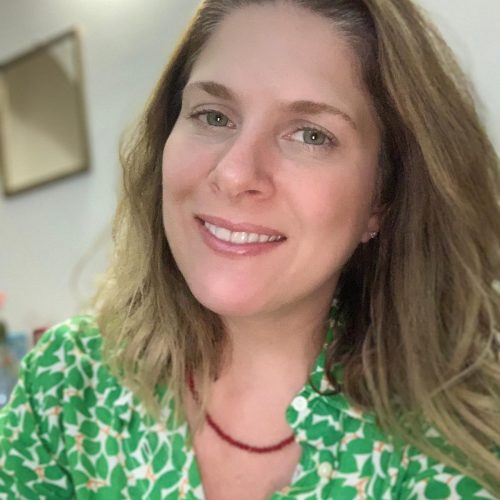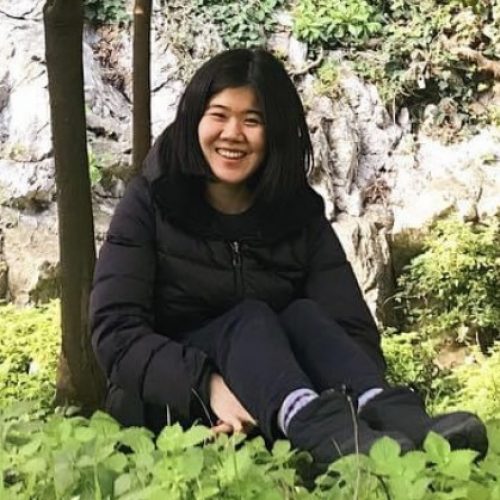Brazil / 5 min read
The story of the Babassu Nut Breakers and their struggle to make the fruit their wealth
A história dos quebradores de nozes Babaçu e sua luta para fazer dos frutos sua riqueza
Brazilian nut pickers reawaken the Babassu nut and empower their communities
![[Click to launch slideshow]](https://lexiconoffood.com/wp-content/uploads/2022/01/title-card_babassu.jpg)














